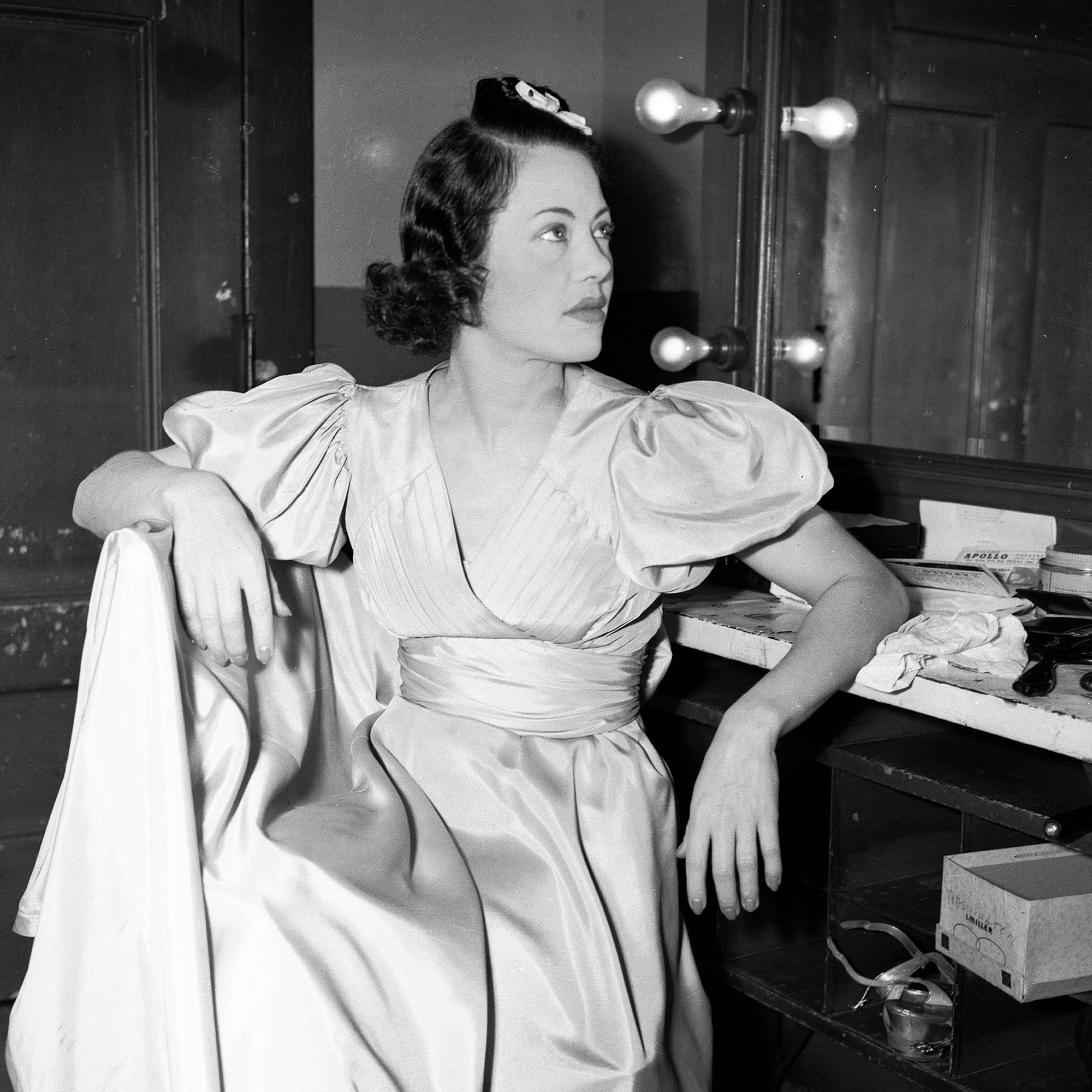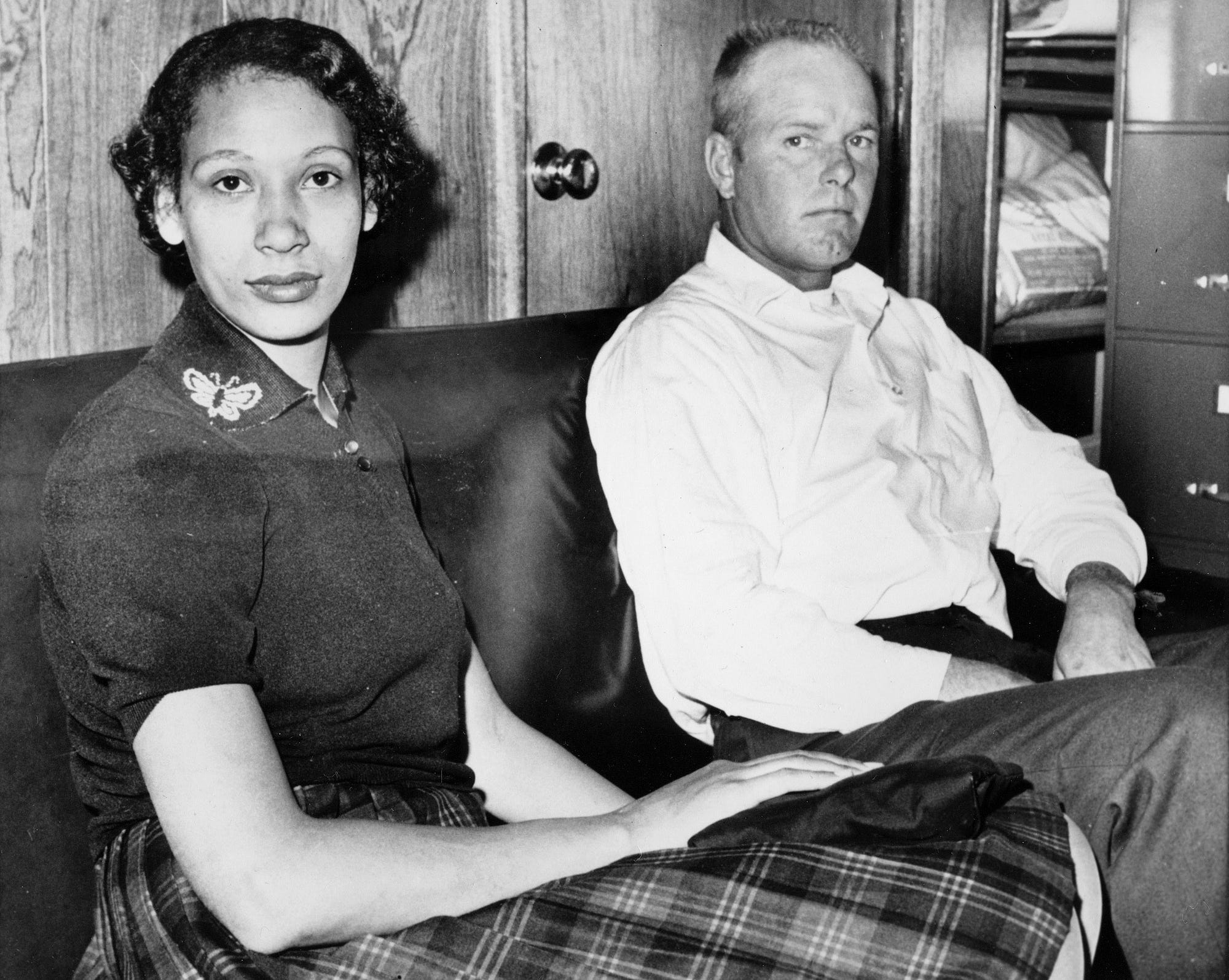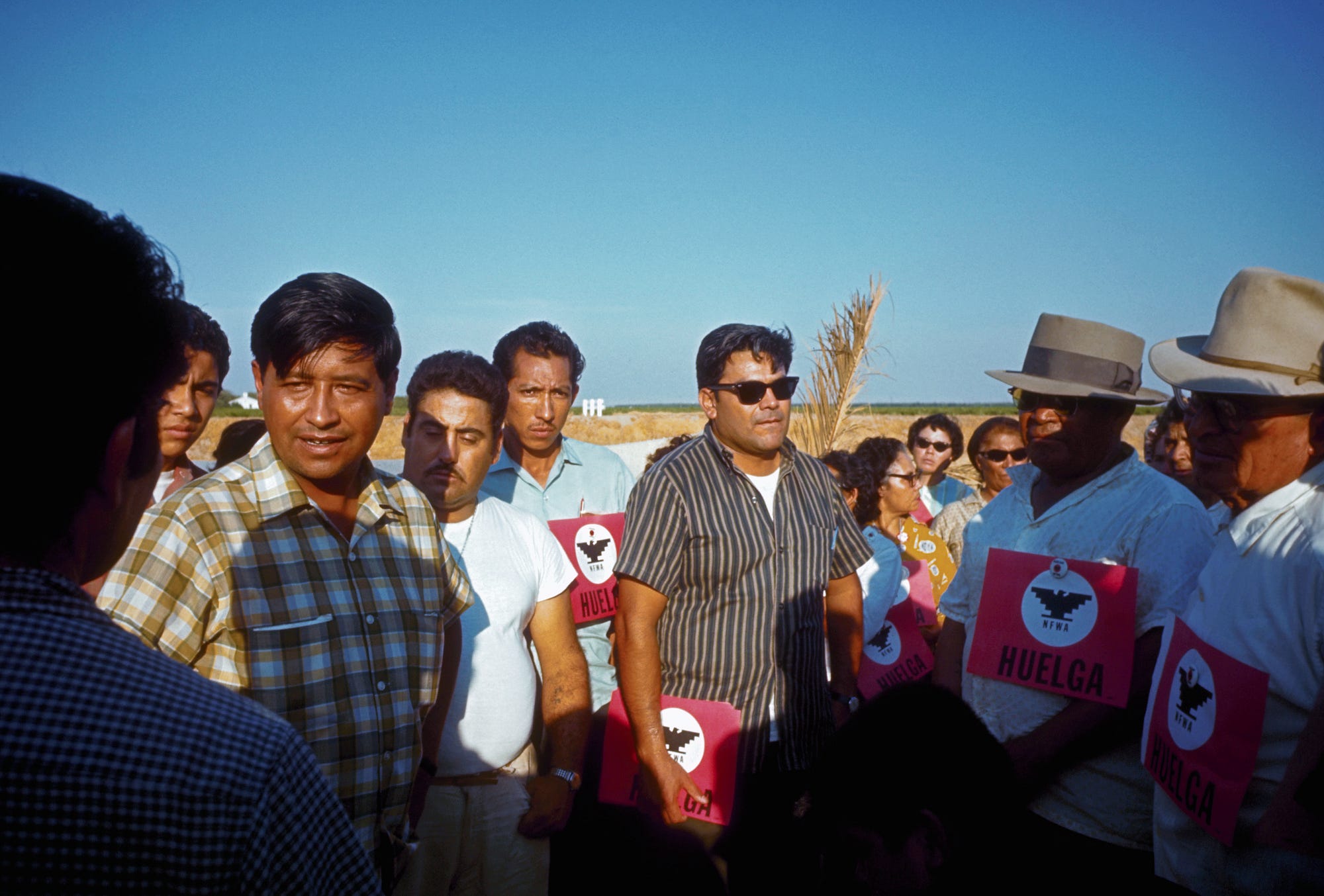The black celebrity from Hollywood’s Golden Age who revealed the complexities of passing for whitePosted in Articles, Arts, Biography, Media Archive, Passing, United States on 2018-01-04 04:21Z by Steven |
The black celebrity from Hollywood’s Golden Age who revealed the complexities of passing for white
Timeline
2018-01-02
Nina Renata Aron, Senior Editor
 Fredi Washington in a dressing room in Pittsburgh, Pennsylvania, circa 1940. (Charles ‘Teenie’ Harris/Carnegie Museum of Art/Getty Images) |
Fredi Washington negotiated bigotry and made her way in the movies
When African American actress Fredi Washington played a black girl passing for white in the 1934 film Imitation of Life, she was accused by critics of denying her own heritage. In fact, Washington never hid her roots, and went on to become an activist for African Americans in the performing arts. As she later told Hue magazine, “I’m honest and…you don’t have to be white to be good.”
The young, black starlet posed a challenge for a Hollywood used to seeing in black and white. Washington was so light-skinned that she reportedly had to wear makeup to play black characters. According to Washington’s friend Jean-Claude Baker, a restaurateur and author, many who saw her thought she was white and she was able to frequent whites-only establishments all her life without problems. “She did pass for white when she was traveling in the South with Duke Ellington,” Baker is quoted as saying in Washington’s New York Times 1994 obituary. “They could not go into ice-cream parlors, so she would go in and buy the ice cream, then go outside and give it to Ellington and the band. Whites screamed at her, ‘Nigger lover!’”…
Read the entire article here.

